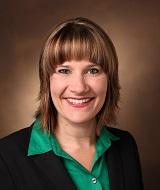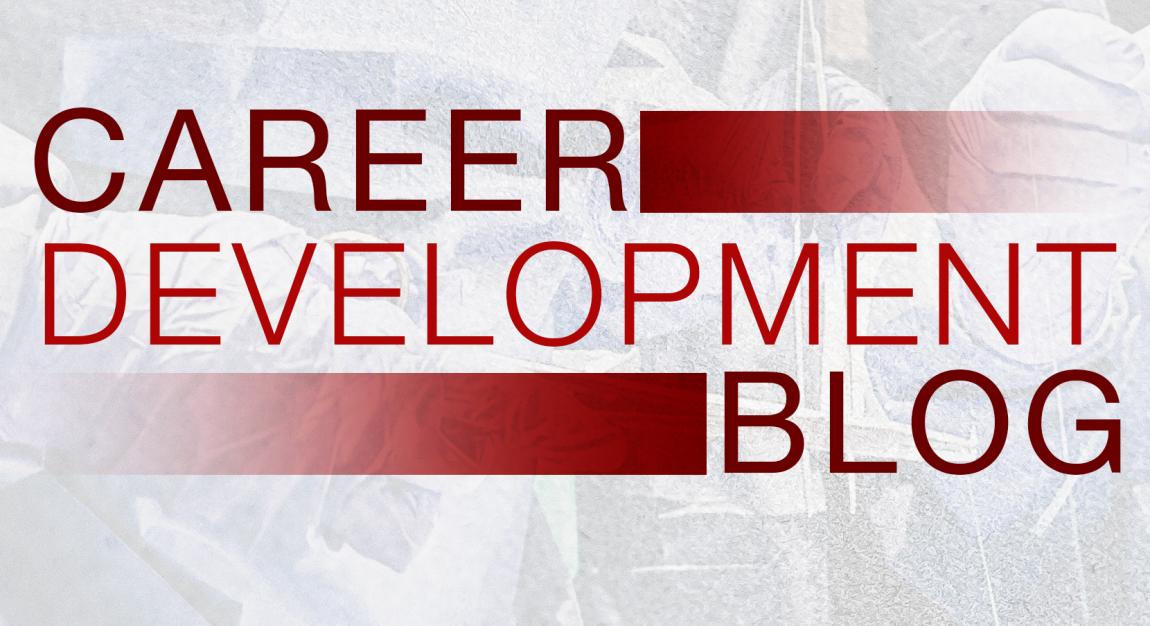
Academic career development and advancement involves documentation of clinical, research, and educational accomplishments. Reporting clinical activity and research is routine; most early career physicians enter practice with a well-developed CV. However, most are unfamiliar with the equally imperative Educator’s Portfolio, which is a key component for career advancement as a clinician educator and researcher.
What Is an Educator’s Portfolio?
An Educator’s Portfolio is a written document that displays the breadth and diversity of your teaching activities. It should complement your CV by comprehensively tracking your career as an educator and highlighting the quality of education, the scope of activities, and their impact.
Teaching occurs in a variety of settings and formats—big presentations in lecture halls, small group discussions, individual mentoring, serving as a program or clerkship director, and even curriculum development. These should all be reflected in the Educator Portfolio in a list and narrative format.
What Are the Components of an Educator's Portfolio?
The length and layout of an Educator’s Portfolio varies among institutions, but the base content and categories commonly include:
1. Education Philosophy Statement
2. Teaching Activities
3. Learner Assessment
4. Curriculum Development
5. Mentoring and Advising
6. Educational Leadership and Administration
7. Products of Educational Scholarship
8. Scholarly Approach to Education (Professional Development in Education)
Components 7 and 8 may be included separately, but many institutions incorporate them into domains 1-6.
Education Philosophy Statement
The philosophy statement is a one-page document that clearly and concisely describes your educational principles. Written in the first person, the statement should illustrate your core values and beliefs as an educator—why you teach, who you teach, where you teach, and how you hope to have an impact. Outline your methods, the rationale for the way you teach, how your teaching has evolved, and what factors or feedback have influenced the transition.
Teaching Activities
Teaching activities are the heart of the Educator’s Portfolio. This component is more than just a list of didactic lectures; rather this section should capture the time spent teaching, the types and number of learners, and, importantly, how you structure the lecture to meet the specific needs of the learners. This section should also include clinical and small group instruction.
Be sure to start collecting evidence to support your teaching excellence. This may include evaluations and awards.
When preparing to submit your portfolio for promotion, select one or two focal areas of teaching and provide a narrative description of the importance, innovation, and impact of each.
Learner Assessment
Assessments may measure knowledge, skills, attitudes, or behaviors of learners. This section showcases assessment tools that you have created or revised. Assessments should be developed using a scholarly approach with a clear and measurable outcome.
Select and highlight one assessment tool that describes the quality and impact on learners or the resultant products of scholarship that were peer reviewed or presented.
Curriculum Development
The creation of a new or substantially revised curriculum for a course, clerkship, or program should be included in this category. Provide details about the creation and execution. For example, the type of materials developed, target population, method of implementation, and sites where the curriculum is used.
Be sure to include copies of what you have created—the curriculum documents, teaching instruments, and enduring educational material such as study guides, videos, and book chapters.
Mentoring and Advising
Create a list of mentees, as well as a description and length of the relationship, mentoring activities (e.g., career advising, coaching), and the impact it had on their professional development. Provide descriptions of projects, presentations, awards, and grants your advisees have received.
Educational Leadership and Administration
Specify and describe leadership positions you have held in education. Examples include developing or implementing new educational programs, supervising educational personnel at an institutional level, directing fellowship, residency, clerkship, or faculty development programs, or serving on educational committees. Program directors should include achievements in accreditation and programmatic accomplishments. Education grants, including the source, amount, and years of funding may be added here.
Products of Educational Scholarship
The products of educational scholarship section comprises activities that have advanced your regional and national recognition in education. Publications in peer-reviewed journals and didactic materials produced and broadly disseminated should be listed, along with visiting professorships or presentations at national conferences.
Scholarly Approach to Education (Professional Development in Education)
Activities in this section include a list of conferences, certificate or degree programs, courses, and other educational professional development that you have attended as a learner. An activity that has particularly influenced your teaching philosophy or practice may be described in more detail.
Tips for Getting Started
- Develop a personal teaching philosophy (expect it to change over time!)
- Acquire your institution’s Educator’s Portfolio template
- Collect supportive documents early and widely
- Update the template frequently, as this is a living document
Beyond the documentation for promotion, building your Educator’s Portfolio allows you to gain important perspective about your educational activities, grow your philosophy as a teacher, and continually help you mold the next generation of cardiothoracic surgeons.
“A teacher is one who makes himself progressively unnecessary.” – Thomas Carruthers
Additional parts of the Article Series:
- Part 1 - Putting Together an Academic Portfolio for Promotion
- Part 3 - Putting Together a Clinical Portfolio for Promotion
- Part 4 - Putting Together a Social Media Portfolio for Promotion
The opinions expressed in this article are those of the author and do not necessarily reflect the views of The Society of Thoracic Surgeons.
